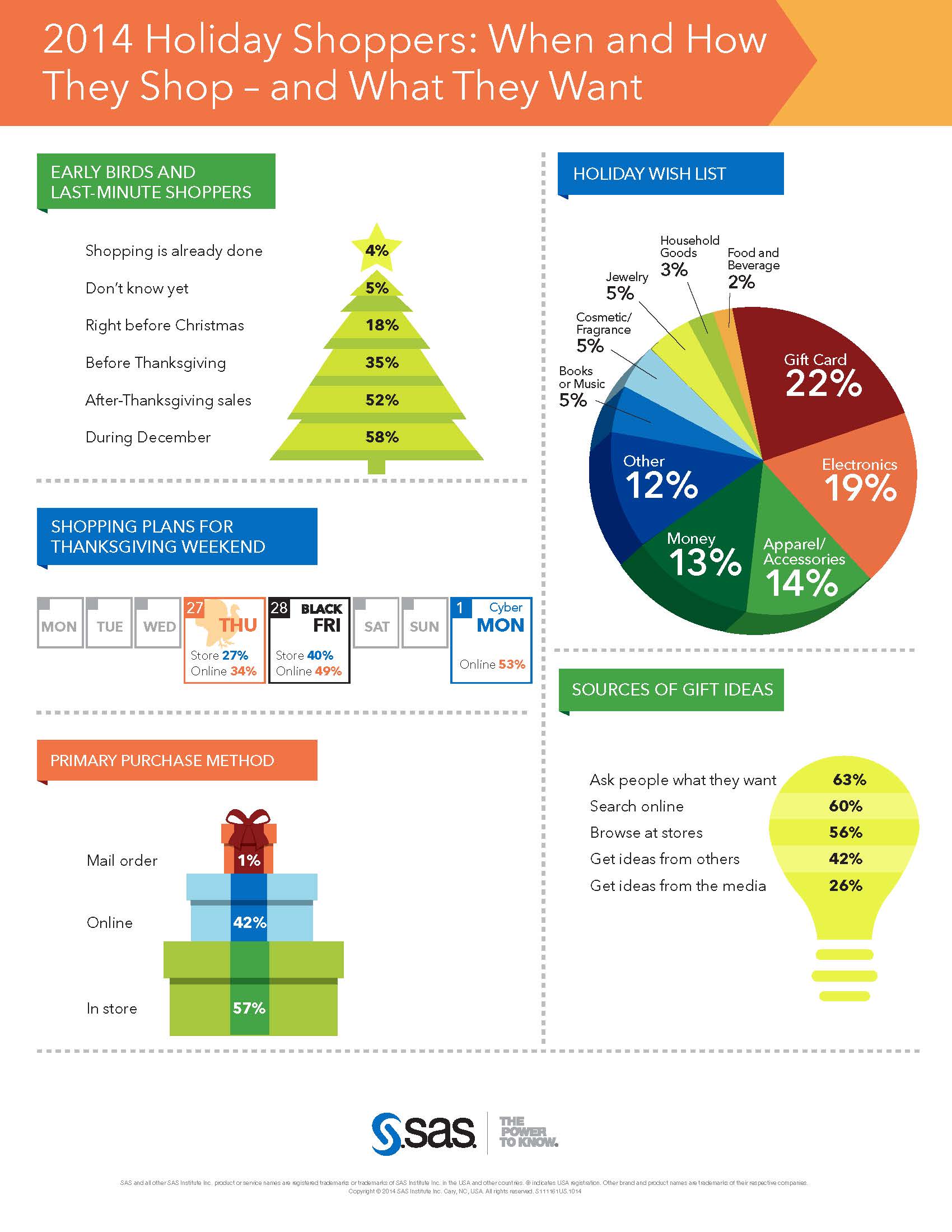
Last year, my SAS Simulation Studio R&D team began a discrete-event simulation modeling project of a neonatal intensive care unit (NICU) with two doctors from Duke University’s Division of Neonatal-Perinatal Medicine. After several initial meetings discussing such things as necrotizing enterocolitis (NEC), retinopathy of prematurity (ROP), patent ductus arteriosis (PDA), and







































